It’s a blogger’s worst nightmare. You write a top-notch piece of content, publish it, promote it, and wait for traffic to pour in.
But over the coming days, you find that your masterpiece has gotten far fewer clicks than it deserves. All of that works seems to have been for nothing!
Here’s the critical and little-known piece of the puzzle that’s easy to forget about: the title tag.
Have you ever wondered whether title tags still matter when it comes to SEO?
Well, the answer is a resounding yes. Title tags are far more important than you might think.
In fact, title tags are the second most important SEO factor right behind content, according to Moz.
That means that title tags are almost as vital to your site’s performance as the actual content on your web pages.
You can optimize title tags to boost your rankings and site traffic, too. If your page is ranking but not getting clicks, your title tag might be to blame.
Ross Hudgens of Siege Media says that using the right title tag can improve your CTR by anywhere from 20-100%.
And we all know that a higher CTR means a higher conversion rate.
That’s why I’m going to tell you how to master your title tags so that you’ll get more clicks and conversions.
But first, what exactly is a title tag, and how can it boost SEO?
To understand title tags, you should first know what meta tags are.
Understanding meta tags
You can think of meta tags, which are closely related to title tags, as the foundation of SEO.
They are snippets of text that serve as descriptions for your web pages.
Meta tags don’t appear on a page itself, but they do show up in a page’s code and on search engine results pages (SERPs).
If you don’t have meta tags, there’s no way you’ll be able to get views or readers on your web pages organically.
They look something like this:
<head>
<meta name=”description” content=”This is a meta tag.”>
</head>
Besides your title tag, the meta description is the first impression that users will have of your site. If your description isn’t compelling, they probably won’t click over to your site.
If you don’t write a meta description yourself, Google will sometimes create one by pulling text from your content.
That isn’t always a bad thing, but Google could pull a meta tag that doesn’t accurately reflect your page.
If you want control over which keywords appear in your page’s description, write one yourself.
Then you don’t have to worry about Google pulling content that isn’t relevant to explain an entire web page, and you can add keywords that will boost your clickability. (More on that later!)
Now that you know what a meta tag is, we can move on to our main focus: title tags.
What is a title tag?
Title tags do exactly what their name sounds like. They provide a title for a web page that is part of a tag. They look something like this:
<head>
<title>This Is A Title Tag</title>
</head>
Title tags are the tags that tell website visitors and search engines what your site is about (just like meta tags) in a concise manner.
Unlike meta tags, title tags appear in the tab of your web browser.
They’re essentially the main piece of text that people use to identify the different URLs on your site. Title tags allow you to give every page a name that outlines the page’s purpose.
The title that you enter in a title tag will also appear when you share your web page on social media. Here’s what a title tag will look like on Facebook:
Most importantly, your title tag will appear as the huge blue link on the SERPs.
That means that it’s the deciding factor for searchers and will either cause them to click on your page or pass over you.
But now you might ask, “Where (and how) do you add a title tag?”
How to add a title tag
You can add title tags in the <head> section of your site’s HTML code.
If you don’t want to add one manually, you can add title tags in the “settings” area of most content management systems (CMSs), like WordPress.
Just type in your title tag under the “Site Title” section.
If you use an SEO plugin for WordPress, like Yoast, add a title tag under the “SEO Title” area instead.
Then, you’ll be able to see a preview snippet showing an example of how the page will appear on SERPs.
That way, you’ll know exactly what your title tag is going to look like to searchers before you commit to it.
If you’re writing an article or a blog post in WordPress, the area where you enter a headline will automatically become the title tag.
One of the first things to consider when mastering and optimizing title tags is adding in emojis.
Add emojis
In 2015, Google removed emoji characters from results pages.
But earlier this year, Google reversed their decision, meaning that emojis will appear in the SERPs on mobile and desktop devices once more.
That’s good news since emojis can add a sense of emotion to regular text or even replace text altogether.
You can even write out entire songs using emojis, like HubSpot’s Brittany Fleit did with Sublime’s “What I Got”:
But you can use emojis for more than just fun and games. They can also boost engagement.
Some companies, like Codeless, are taking advantage of emoticons by adding them to title tags.
You can add emojis to your title tags by copying and pasting them, using a WordPress plugin, or typing the code yourself.
If you’re using Yoast, you already have access to codes for each emoji that you can copy and paste.
Once you’ve selected an emoji, added it in, and published your page, it should look something like this on SERPs.
It’s important to note that, when you view the source code for your web pages, your code may look different depending on how you’ve built your page.
For example, the emoji images actually appear in the source code for Codeless’s home page:
But source code for other web pages that include emojis, like this one from Search Engine Journal, might cause emoticons to appear as code instead of displaying them:
Here’s a quick tip: to view the source code for any web page, press Ctrl + U on a PC or ⌥ Option + ⌘ Command + U on a Mac.
Emojis will take up character space within your title tag, so keep that in mind when considering length, which we will discuss later on.
You should also include numbers in your title tags.
Use numbers
It seems like listicles have been all the rage for a few years, and everyone seems to love them (except for some traditional journalists who think that they’re clickbait).
They work, too. Michael Dunlop gets over 100,000 blog visitors per month by creating list posts.
But have you ever wondered why listicles are so effective?
It’s because numbers attract our attention. That makes them great for growing search traffic. They’re specific, they stand out, and our brains can easily recognize them.
And marketers have been saying for years that pages with odd numbers in their titles will gain the most shares because odd numbers stick in your mind much better than even numbers.
So it might be better to conclude all of your lists once you reach an odd number, like 9, instead of 10, 20, or 25.
The length of your title tags matters, too.
Watch the length
As of July 2017, character limits for title tags on SERPs are 78 characters on mobile devices and 70 on desktops.
That’s why it’s important to make title tags long enough to explain your page, but short enough that they won’t get cut off on results pages.
Etsy recently did a study analyzing thousands of URLs, and they ended up shortening their title tags as a result of their findings.
They found that longer title tags don’t see as much of an increase in rankings as short tags do.
That’s why it’s best to keep your length as short as you can.
For example, the title tag of this post is perfect because the entire title easily fits on the results page. It’s only 40 characters.
You can make your title a bit longer than that, but try not to go over 55 characters or so.
Orbit Media recently found that the ideal length of a title tag is 55 characters for top optimization.
Keep in mind that you can (and should) always add more context in the meta tag and the description of your post when you share it on social media.
Include dates in the titles of your web pages and blog posts when you can, as well.
Include dates
You should add the year to your pages or blog posts as often as possible.
Here’s how I’ve been doing it with blog posts that are relevant to 2018:
Add the month to your title tag, too, if it applies to the content of your page.
You can easily do this by writing monthly roundups or seasonal content like Constant Contact has done with their November 2017 Marketing and Holiday Planning post:
Update pages as often as possible so that the “published date” changes on your pages, too.
By doing this, you’ll keep your pages in the SERPs of people who search for results by using custom date ranges if they’re searching on a desktop.
If you use the Yoast plugin, you can even make your title tags update automatically month-to-month or year-to-year when applicable.
Next, I’ll tell you about the importance of asking questions.
Ask questions
Do you ask questions in your title tags? You should.
Questions are an attention-grabber just like numbers.
They pique our curiosity. I’ve talked about the importance of using open-ended questions in your blog posts before. The same applies to title tags.
News sites like CNBC practice this tactic all of the time:
You can even take a more creative approach and answer part of the question in your title as a teaser like Newsweek does:
You might even increase your chances of landing one of Google’s featured snippets if you ask a question in your title and answer it on your web page. And that means a huge traffic boost.
Featured snippets usually include a summary of an answer that people might commonly search from a relevant web page.
For example, here’s the featured snippet that shows up if you search “Why is Seattle called the Emerald City?”
Calls to action (CTAs) are just as important, if not more important, than questions.
Add a call to action (CTA)
CTAs make people click because they do exactly what their name says.
They “call people to act” on whatever you’re asking of them.
You’re probably already including them in ads, blog posts, and web pages. Why not include them in title tags, too?
Action words (or trigger words) provide users with something extra by giving them an incentive to do something.
Examples of action words include buy, download, watch, learn, find, listen, and view.
Combine those words with terms like free, easy, or new, and people will be clicking on your content like never before.
Additionally, you may want to consider some top keywords to add to your title.
Optimize for referring keywords
It’s common practice to optimize your web pages for certain keywords that you know will bring in higher rankings.
But the traffic that might bring people to your web pages on SERPs could be an entirely different set of keywords.
In fact, Ahrefs found that most pages ranking on the front page of Google don’t contain exact keyword matches in their title tags.
Backlinko found similar results when they did their own research: Not even 2% of web pages that rank on the first page of SERPs contained exact keyword matches.
This means that people might not be searching for keywords. They may not be ending up on your pages in the way that you think they are.
That’s why it’s important to optimize pages for the traffic you already have as well as the traffic you’re trying to receive.
For example, you might do some keyword research and find that “cheap hotels” is your top keyword.
Therefore, you want to optimize your pages to rank for the term “cheap hotels.” But people might be looking for the information you’re providing in a different way.
They could be searching for “affordable hotels” instead, which may or may not appear on your title in the SERPs.
If you want to make sure that it does, you’ll have to find and use the right variants and synonyms and incorporate them into your title tag.
You could change your title tag from only including “cheap hotels” to including “affordable, cheap hotels and rooms” for example.
That way, you’re optimizing for more than one keyword variant within your title tag character limit.
You can use keyword tools to research different keyword variants.
Google Search Console, Moz’s Keyword Explorer, and SEMrush are just a few useful, easy options to choose from.
With SEMrush, for example, all you have to do is search your keyword and navigate over to the “Related Keywords” tab.
From there, you can see information for the keyword(s), like organic search volume, the cost-per-click (CPC), statistics on competition and trends, and more.
Scroll down to find a list of related words.
The tool will analyze how closely “related” a keyword really is based on a 0-100% scale, the ranking difficulty, the total number of results for those words, trends, and more.
Conclusion
If you’re writing great content, but you aren’t getting clicks, then you may be forgetting about a critical and little-known aspect of SEO: your title tags.
Title tags are quite literally the tags that contain the titles for your web pages. People will see these titles before anything else when they’re searching on Google.
If you think title tags don’t matter for SEO, you’re wrong.
Title tags are almost as important as the actual content on your web pages, and they can boost your CTR if you use them efficiently.
If you have a bad title tag, people aren’t going to click on your link from the search results.
Add emojis to your title tags to make them interesting, unique, fun, and eye-catching.
Write listicles and include numbers in your title tags, too. But be sure to use odd numbers as often as possible.
Don’t write a title tag that’s too long, either. If you go over 55 characters, Google won’t display the entire title of your web page.
Include relevant dates in your titles like the year (2018) or month (November) when applicable. Remember that plugins like Yoast can update these dates for you automatically.
Ask open-ended questions in your titles so that people will click over to your website to get the answer they’re looking for. You could even land a featured snippet, which will boost clicks quick.
Don’t forget to add CTAs when you can, and make an effort to add keywords to your CTAs.
Search for referring keywords like synonyms or variants of the words you’re already optimizing titles and content for, and try to rank for those, too.
This will help you boost rankings (and clicks) above what you’re seeing now.
Which kinds of title tags bring in the most clicks on your website?

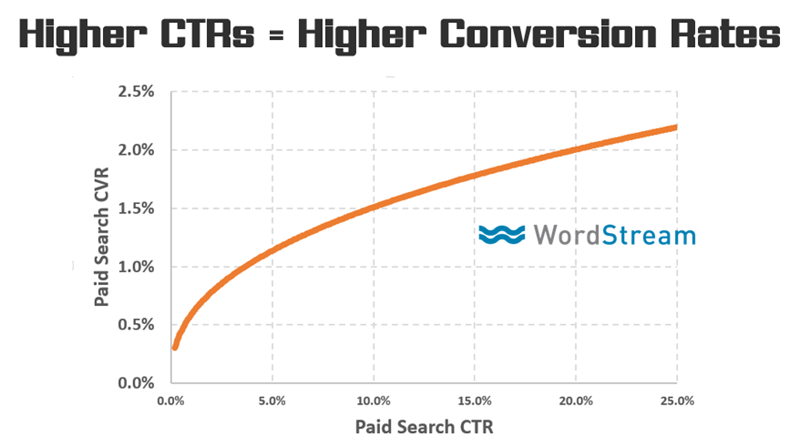
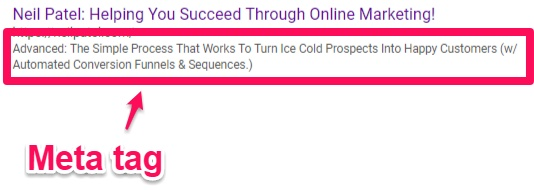



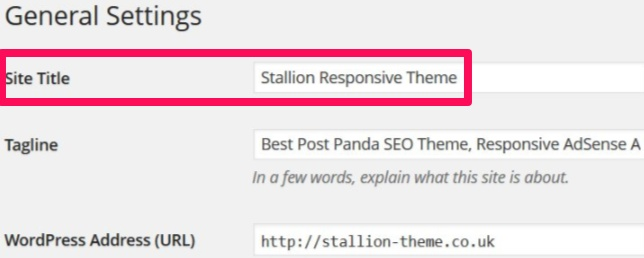


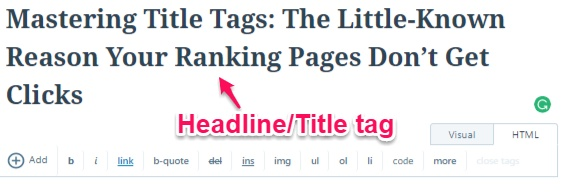

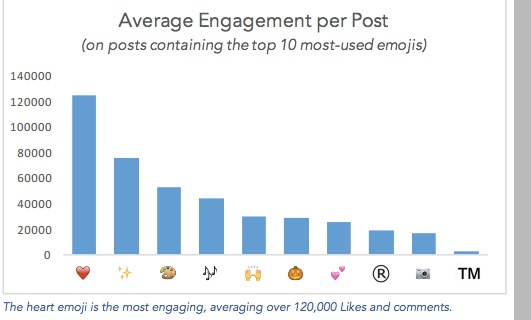

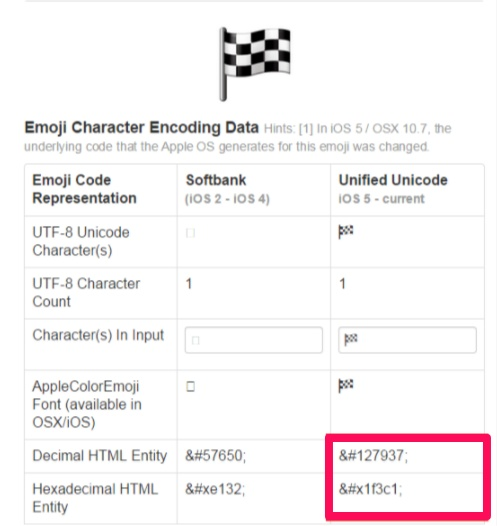



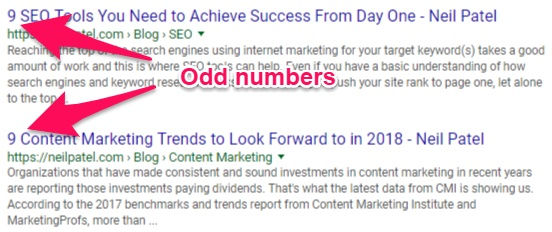

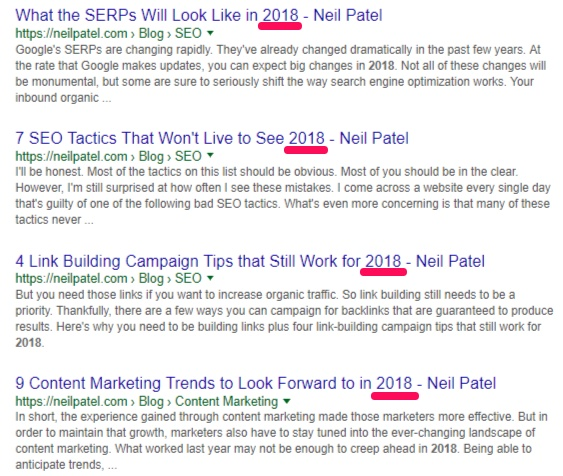

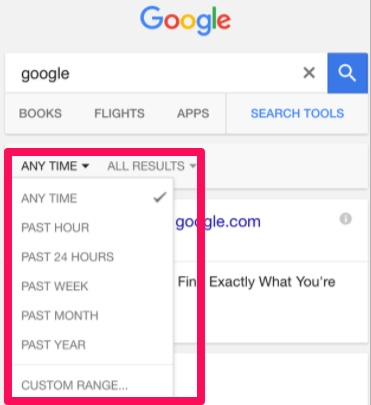


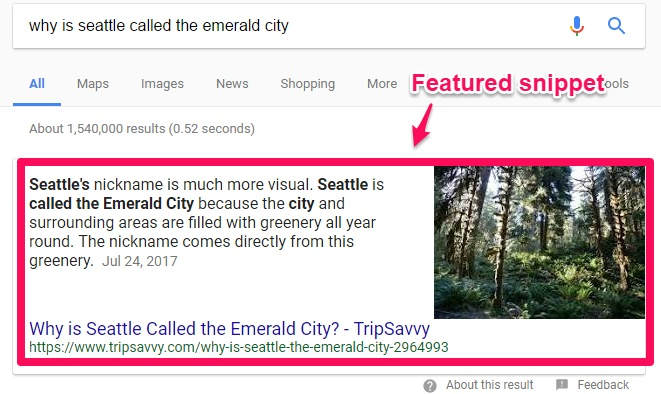

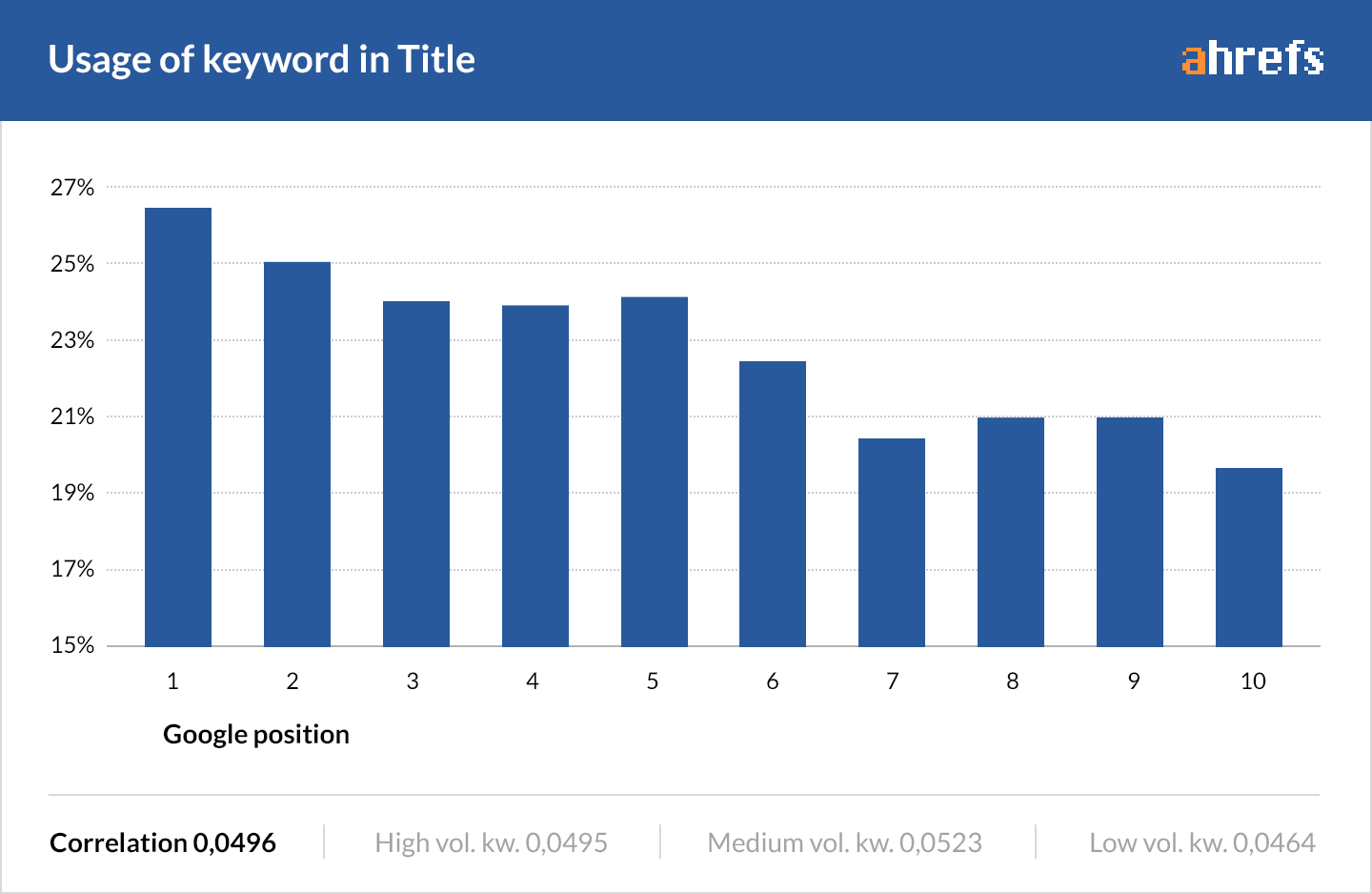
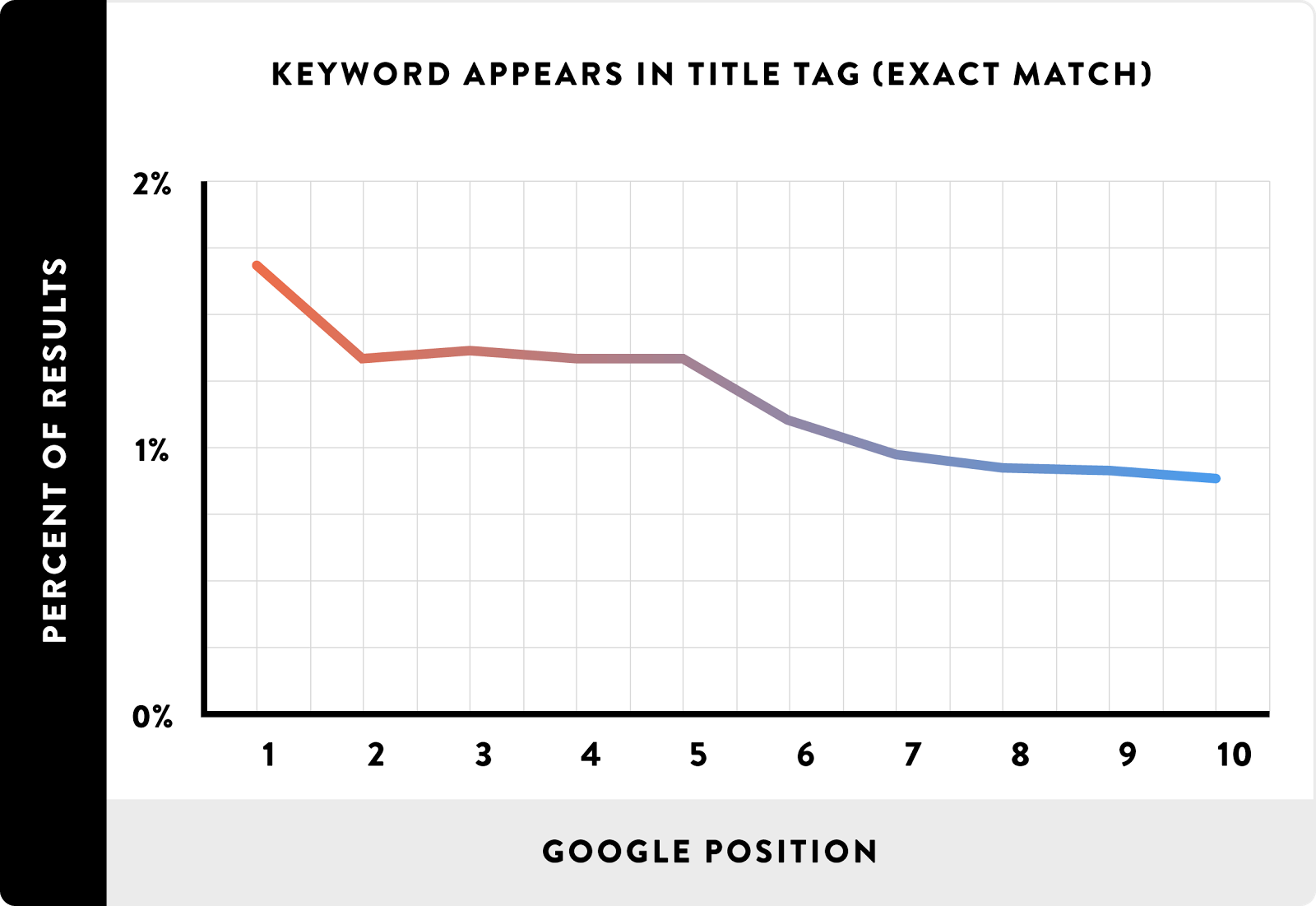
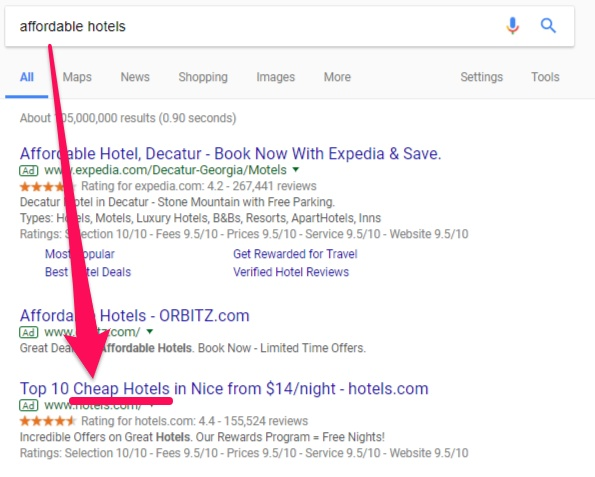
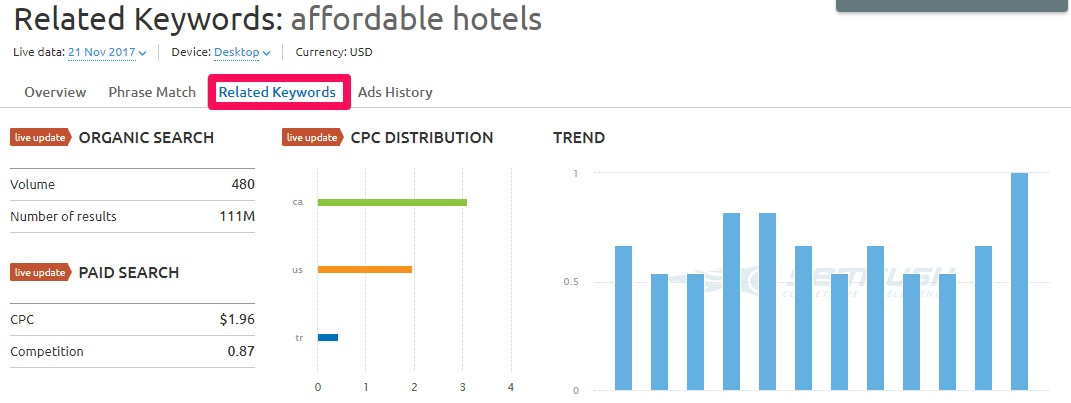
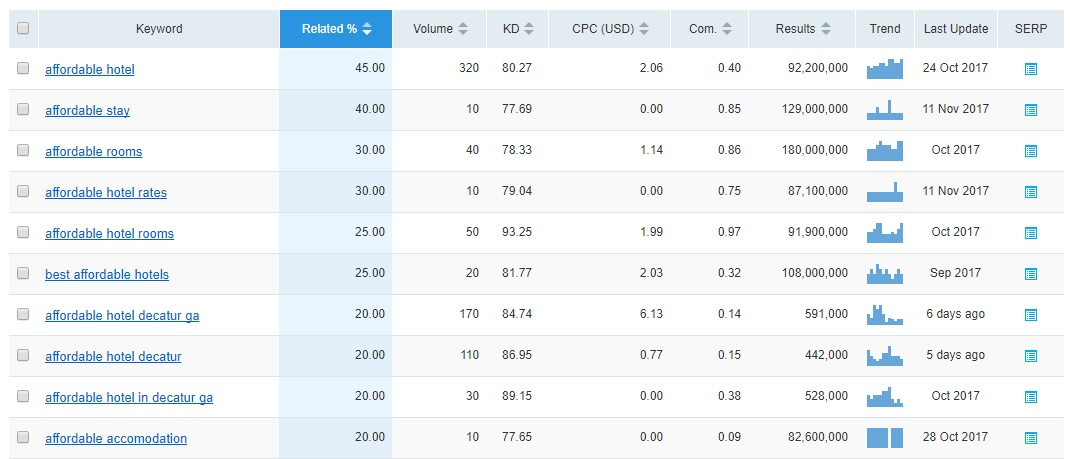
Comments (42)